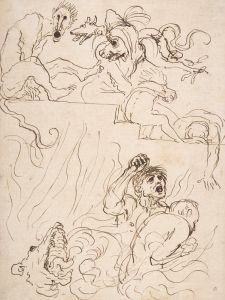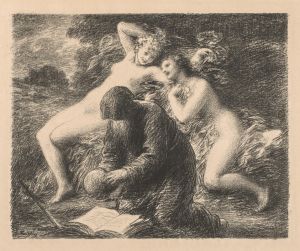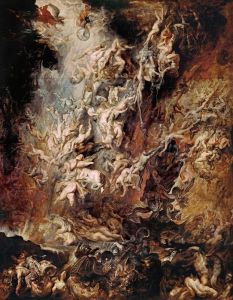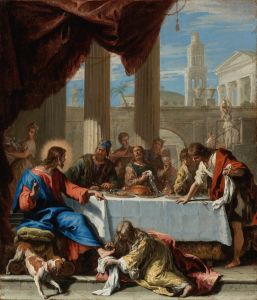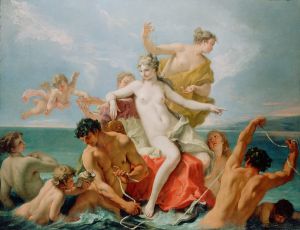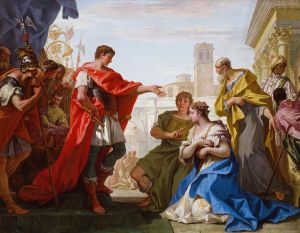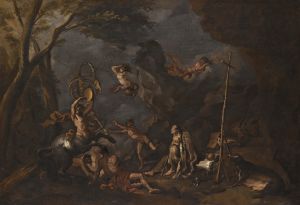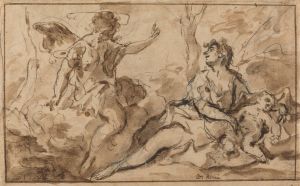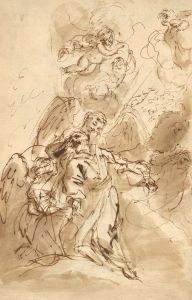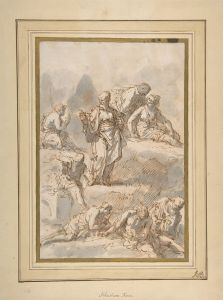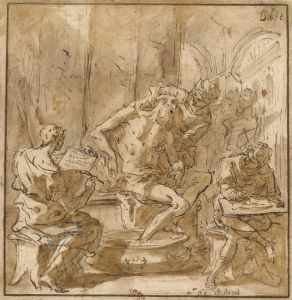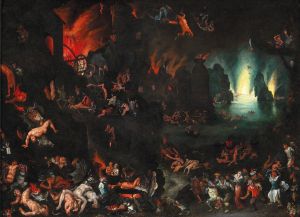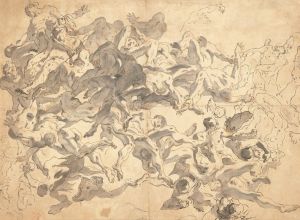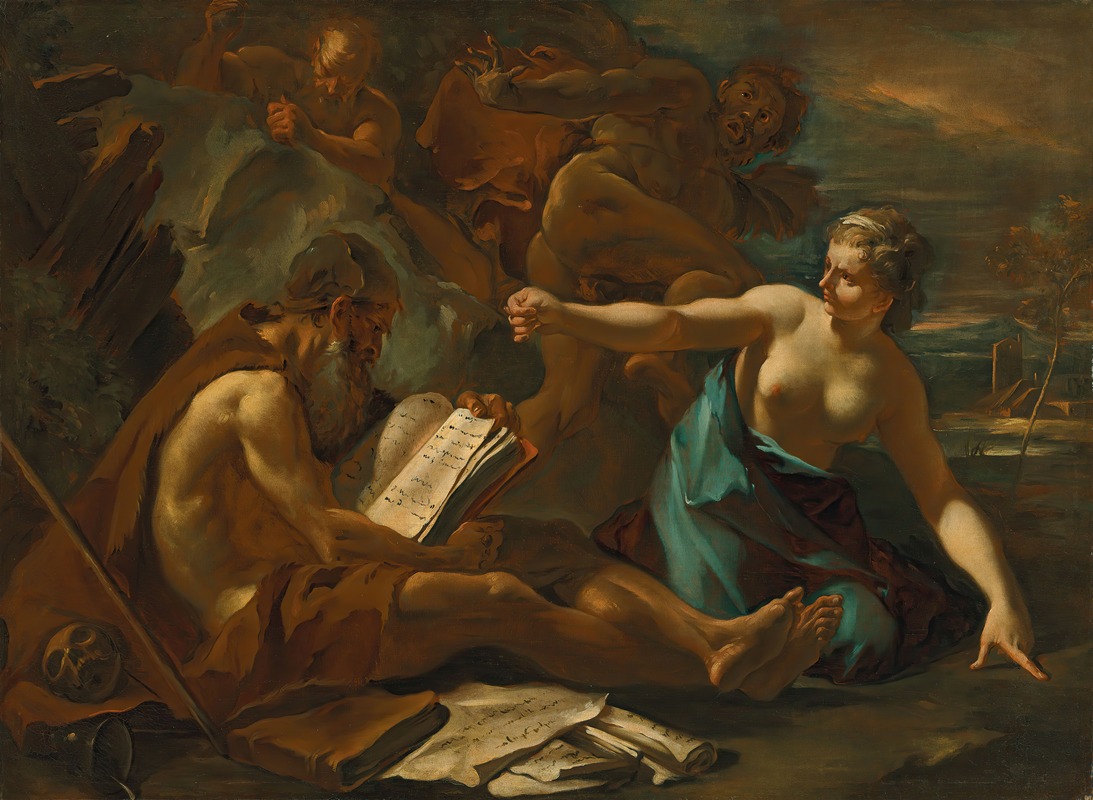
The Temptation of Saint Anthony
A hand-painted replica of Sebastiano Ricci’s masterpiece The Temptation of Saint Anthony, meticulously crafted by professional artists to capture the true essence of the original. Each piece is created with museum-quality canvas and rare mineral pigments, carefully painted by experienced artists with delicate brushstrokes and rich, layered colors to perfectly recreate the texture of the original artwork. Unlike machine-printed reproductions, this hand-painted version brings the painting to life, infused with the artist’s emotions and skill in every stroke. Whether for personal collection or home decoration, it instantly elevates the artistic atmosphere of any space.
"The Temptation of Saint Anthony" is a painting by the Italian Baroque artist Sebastiano Ricci. Ricci, born on August 1, 1659, in Belluno, Italy, was a prominent painter of the late Baroque period known for his vibrant use of color and dynamic compositions. He was part of a family of artists and received his early training in Venice, which significantly influenced his style.
The painting depicts the well-known Christian theme of Saint Anthony the Great, also known as Anthony of Egypt, being tempted by demonic forces. Saint Anthony, a Christian monk from the 3rd and 4th centuries, is often considered the father of monasticism. His life and the temptations he faced in the desert have been a popular subject in Christian art for centuries.
In Ricci's rendition, Saint Anthony is shown in a moment of intense spiritual struggle. The composition is dramatic, with a strong contrast between the serene figure of the saint and the chaotic, grotesque forms of the demons surrounding him. Ricci's use of light and shadow enhances the sense of turmoil and divine intervention. The saint is typically depicted in a humble, prayerful posture, often with a crucifix or a holy book, symbolizing his faith and devotion.
Ricci's style in this painting reflects his Venetian training, characterized by a rich color palette and fluid brushwork. The influence of Venetian masters such as Titian and Veronese is evident in his handling of color and light. Additionally, Ricci's work shows the impact of his travels across Europe, including his time in Florence, Rome, and London, where he absorbed various artistic influences.
"The Temptation of Saint Anthony" is notable for its dynamic composition and emotional intensity. The painting captures the essence of the Baroque period's fascination with dramatic, theatrical scenes and the exploration of human emotion and spirituality. Ricci's ability to convey the psychological depth of Saint Anthony's experience through his expressive figures and vivid colors is a testament to his skill as an artist.
Sebastiano Ricci's career was marked by numerous commissions for religious and mythological subjects, and he enjoyed considerable success and recognition during his lifetime. His works can be found in major museums and collections around the world, including the Louvre in Paris, the National Gallery in London, and the Uffizi Gallery in Florence.
"The Temptation of Saint Anthony" remains an important example of Ricci's contribution to Baroque art and his ability to bring biblical stories to life with his distinctive style. The painting continues to be studied and admired for its artistic merit and its portrayal of a timeless spiritual struggle.





